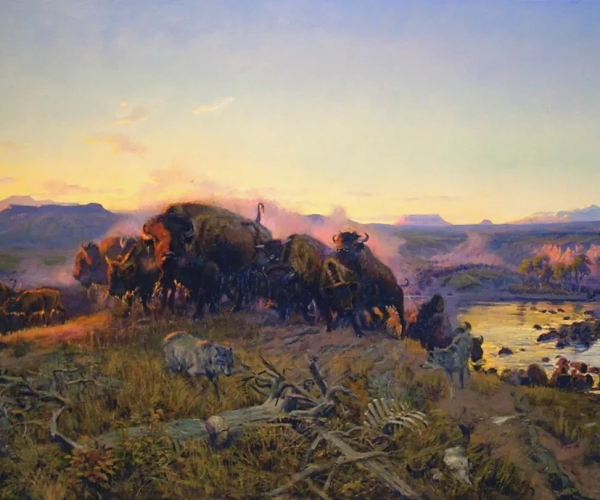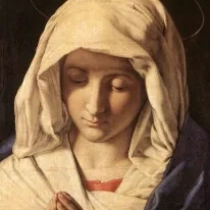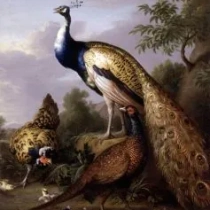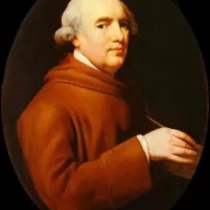When the Land Belonged to God
"When the Land Belonged to God" by Charles Marion Russell, created in 1914, is an evocative painting that embodies the spirit of the American West with a poetic and somewhat nostalgic lens. Russell, renowned for his vivid depiction of the Western landscape and life, crafts in this work a scene that is both a celebration and a lament for a vanishing world.
This painting stands out in Russell's body of work for its panoramic and almost mystical portrayal of the Western plains. The scene is set at dawn or dusk, as indicated by the soft, diffused light that bathes the landscape. In the foreground, a herd of bison roam freely, a powerful symbol of the West's untamed nature and abundance. The backdrop features a Native American on horseback, gazing across the expanse, reinforcing the sense of harmony and connection between the indigenous people and the land.
The title, "When the Land Belonged to God," reflects a poignant nostalgia for a time before the encroachment of European settlers, when the land was pristine and the relationship between humans and nature was more symbiotic. This sentiment is a recurring theme in Russell's work, highlighting his respect for Native American cultures and his lament for the changes brought by colonization and industrialization.
Russell's use of color in this painting is particularly notable. The warm hues of the plains against the cooler tones of the sky create a striking contrast, emphasizing the vastness and the unspoiled beauty of the landscape. The soft, almost ethereal quality of the light adds a dreamlike aspect to the scene, suggesting a memory or an idealized past.
Moreover, the composition of "When the Land Belonged to God" demonstrates Russell's skill in conveying depth and scale. The eye is drawn from the powerful bison in the foreground to the solitary figure in the distance, and then to the expansive horizon, creating a sense of the immense scale and majesty of the Western landscape.
In essence, "When the Land Belonged to God" is more than a depiction of the American West; it is a visual narrative that speaks to the loss of a world that once was. Through this painting, Russell invites viewers to reflect on the beauty and the tragedy of this transformation, capturing the essence of the West with both accuracy and poignancy. This work stands as a testament to Russell's profound connection to the West and his enduring legacy as one of its most eloquent chroniclers.







No Comments Yet...